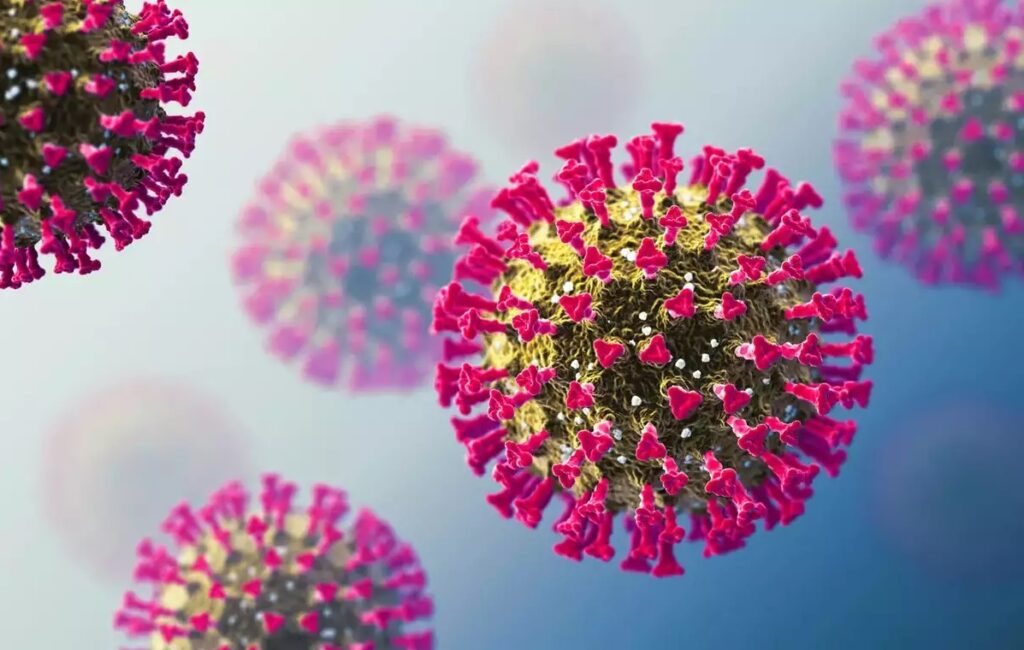18/01/2024
18/01/2024

NEW YORK, Jan 18: In a concerning development, Chinese scientists are conducting experiments involving a mutant strain of COVID-19 that purportedly results in a 100% mortality rate in mice, reminiscent of the early days of the pandemic in 2020.
The experimental strain specifically targets the brains of mice, genetically engineered to mimic humans, leading to a mere eight-day survival period post-infection. Researchers observed weight loss, sluggishness, a hunched posture, and whitening of the eyes in the affected mice one day before their demise.
Dr. Kristin Englund, while emphasizing the study's limited scope and the preprint status of the paper, issued a cautionary note. As a preprint, the study has not undergone peer review yet. She stressed the importance of paying attention to data emanating from China, given their extensive research on coronaviruses.
Humanized mice, bred to have immune systems similar to humans, still exhibit significant differences. Englund highlighted substantial modifications to the mice, including an increased number of ACE receptors, the points where COVID-19 attaches to enter cells, making them distinctly non-human-like.
Amid the concerns surrounding the study is the apprehension about the nature of the research conducted with this strain and the potential for a virus leak from the lab. This speculation echoes previous debates about the origins of the COVID-19 pandemic, with suggestions of a lab leak due to lax security in China.
Dr. Aileen Marty, an infectious disease specialist at Florida International University, sought to allay fears, stating that well-contained studies in appropriate laboratories play a crucial role. She emphasized their usefulness in staying ahead of natural changes, aiding in the development of monoclonal antibodies, enzyme inhibitors, and improved vaccines before major issues arise spontaneously.
In conclusion, Dr. Marty stressed the global community's responsibility to ensure the safe conduct of research in China, preventing any inadvertent release of the studied strain beyond the laboratory.


